Sewer Repair
Understanding Sewer Line Repair
Common Issues with Sewer Lines
Over time, sewer lines can develop problems due to aging materials, tree root intrusion, ground movement, or blockages. Some of the most common sewer issues include:
Pipe Corrosion and Deterioration – Older sewer pipes made of clay, cast iron, or Orangeburg can break down, leading to leaks and blockages.
Tree Root Infiltration – Roots from nearby trees can enter cracks or joints in sewer pipes, causing severe blockages and potential pipe collapse.
Blockages and Clogs – Grease buildup, debris, or foreign objects can obstruct wastewater flow, leading to backups.
Bellied Pipes – A section of the pipe may sink due to soil shifting, creating a low spot where waste accumulates.
Leaking or Cracked Pipes – Structural damage from ground movement, freezing temperatures, or external pressure can lead to leaks and inefficiency.
Identifying Sewer Line Problems
Before beginning any repair, it’s essential to diagnose the issue accurately. Common signs of a sewer line problem include:
Slow drains or frequent backups
Gurgling noises from toilets or drains
Unpleasant odors coming from drains or the yard
Wet or soggy spots in the yard, especially near the sewer line
Increased rodent or insect activity near the home’s plumbing
A professional plumber will typically perform a video camera inspection to pinpoint the problem. This involves inserting a waterproof camera into the sewer line to assess blockages, cracks, or misaligned joints.
Sewer Line Repair Methods
Depending on the severity of the issue, different repair techniques may be used:
1. Spot Repairs
For localized damage, such as a small crack or root infiltration at a single joint, a spot repair may be sufficient. This involves:
Excavating the affected section of the pipe
Removing and replacing the damaged portion
Reconnecting the new pipe with approved fittings
Backfilling and restoring the area
4. Sewer Line Rerouting
If a sewer pipe is severely damaged or in a location that makes repair difficult, rerouting the sewer line may be necessary. This involves installing a new sewer line along a different path to bypass the damaged section.
Typical City Requirements for Sewer Line Repair
Municipalities enforce strict codes for sewer line repairs to ensure environmental safety and functionality. Typical requirements include:
Permits and Inspections – Most cities require a permit before starting a sewer repair. Inspections may be necessary before and after repairs.
Approved Materials – Many jurisdictions require PVC or cast iron replacements, depending on local soil conditions and regulations.
Depth and Slope Regulations – Sewer pipes must maintain a minimum depth and slope to ensure proper wastewater flow.
Licensed Contractor Requirements – In some cities, only licensed professionals are allowed to perform sewer repairs to maintain public safety standards.
Right-of-Way Permits – If the repair affects a public street or sidewalk, additional permits and coordination with city engineers may be required.
Conclusion
Sewer line repairs vary in complexity, from simple spot fixes to full pipe replacements. The right approach depends on the condition of the existing sewer line and local regulations. Trenchless methods like CIPP lining and pipe bursting offer less invasive solutions, while traditional excavation may still be necessary for severe damage. A professional inspection and adherence to municipal codes ensure a lasting and reliable sewer repair.

